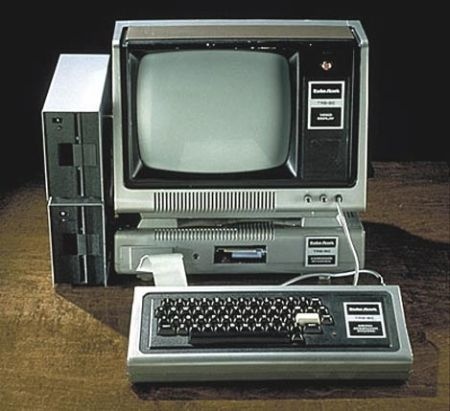Tech Help For Database Application
 You can gather, organize, and evaluate information pretty conveniently by a RDBMS package that thrives on ease of use and flexibility. The ease of use is one thing which is common to all RDBMS packages today. By organizing your data into relational tables, you make savings on repetitive punching. You also make savings on disk space and labor cost. But more importantly, you now organize your data in a logical compact manner. This reflects logical approach on your part when it comes to making an entry for a transaction as well as locating and retrieving information. Good analysis of data can provide you information on valuable hidden trends: You can accordingly tune yourself to grow your future business.
You can gather, organize, and evaluate information pretty conveniently by a RDBMS package that thrives on ease of use and flexibility. The ease of use is one thing which is common to all RDBMS packages today. By organizing your data into relational tables, you make savings on repetitive punching. You also make savings on disk space and labor cost. But more importantly, you now organize your data in a logical compact manner. This reflects logical approach on your part when it comes to making an entry for a transaction as well as locating and retrieving information. Good analysis of data can provide you information on valuable hidden trends: You can accordingly tune yourself to grow your future business.
You learn what a parent table is and what a child table is. For instance, you may supply a list of goods to your local consumers. You may have few consumers who are repetitive. So what you can do is to assign a particular code to each of your consumer. This will be stored in one table which keeps only permanent details such as phone no, address, email-id, bank account no of consumers. You can name it Consumer Detail table. The next table which you may call Goods Supplied table will contain details of goods supplied, such as quantity of goods supplied, date of order, date of delivery. Once you enter permanent details of a consumer in your Consumer Detail table, you no more need to enter them multiple number of times. The moment you have next transaction with it, all you have to enter is details of fresh transaction in Goods Supplied table. This will make your data entry system far more crisp and systematic. The consumer is located from unique Consumer ID in the Consumer Detail table, which is parent table. The child table is Goods Supplied table that connects with unique consumer ID in the Consumer Detail table. Similarly, you can have another child table maintaining payment details that will relate to Consumer ID in the Consumer Detail table. This makes your database interrelated. You make powerful queries that locate and retrieve information for your specific information.
The parent-child relationship is at the heart of relational database management system. You design your table based on one-to-one relationship, one-to-many relationship, and many-to-many relationship. By applying referential integrity, you maintain serenity of data. Referential integrity ensures that you do not delete any information that may still be required for your business transaction needs. For instance, if you are in the process of a transaction with a consumer for which you are going to receive payment, referential integrity ensures that you cannot delete Consumer ID and its fixed details in the Consumer Detail Table.
Today, you can set relational database management system working with multi-users, onsite or remotely. You can work on an intranet setting or internet, working with static or dynamic data. For tech help, you can easily corroborate your RDBMS with other offline as well as online tools. Powerful RDBMS like Microsoft SQL Server, Oracle 11g, and Sybase come with excellent backup facilities. Tech help tools such as RMAN in Oracle 11g create multiple copies of transactions in an online setting and can retrieve data pretty reliably in case of any kind of system or networking failures.
By building a powerful information system for your business using RDBMS, you can manage information profitably. Whether it is organization of information or analysis for future prediction, RDBMS performs it seamlessly well.









